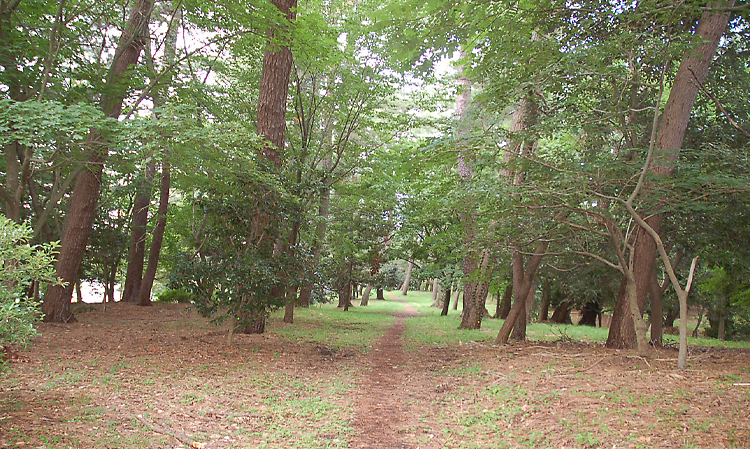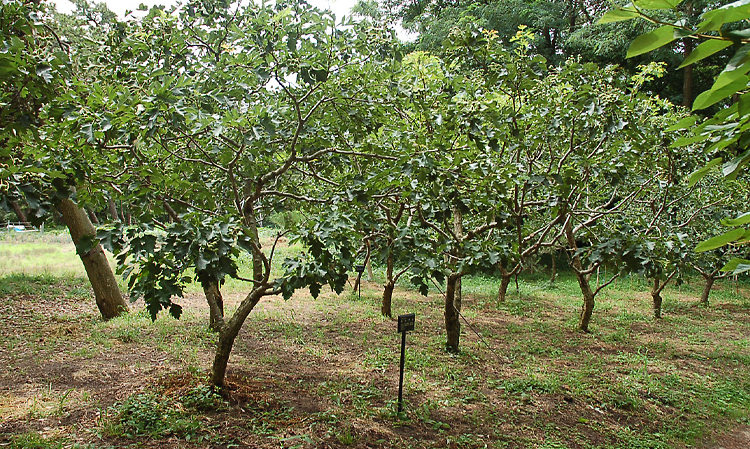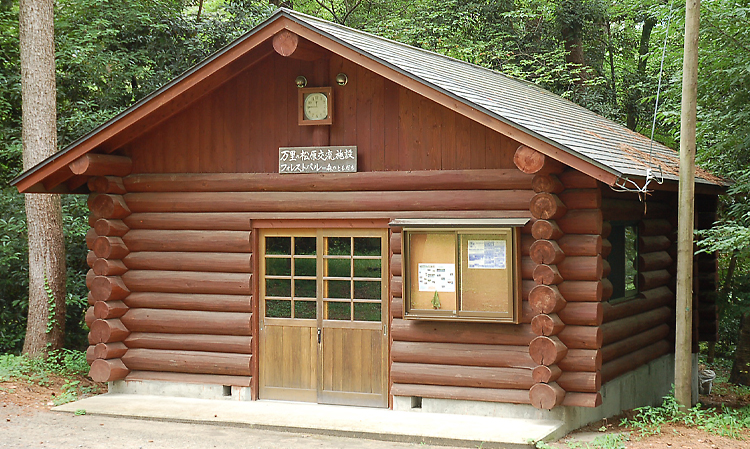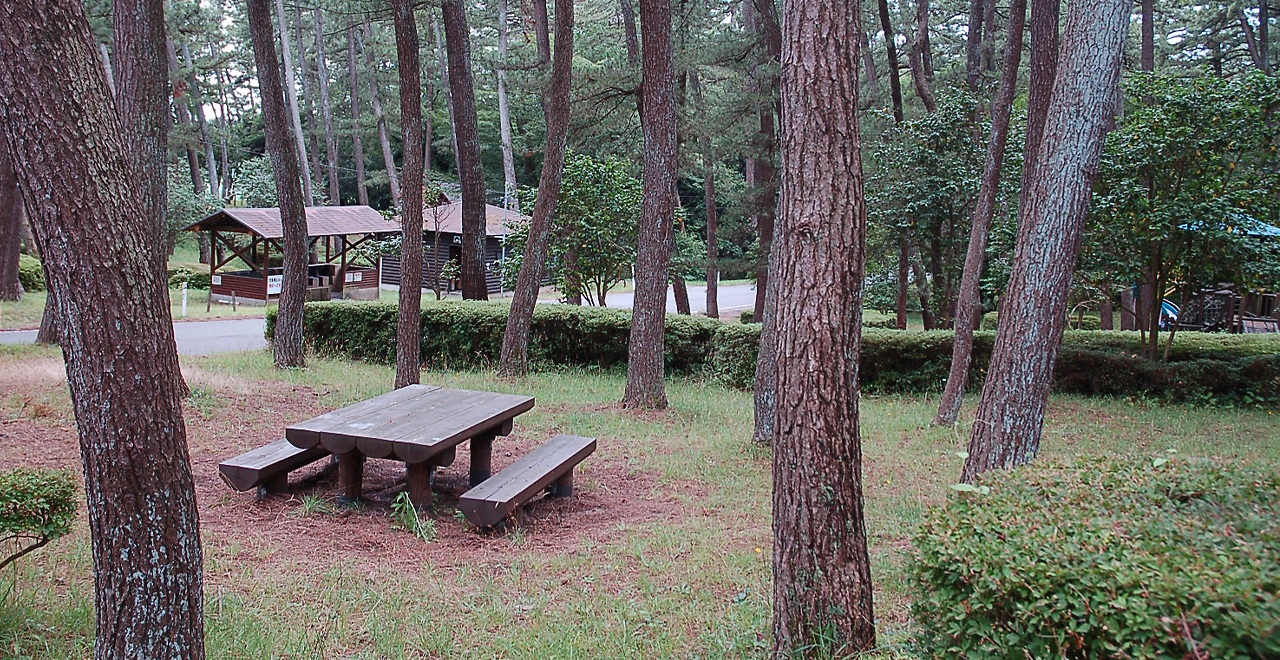Banri-no-Matsubara Recreation Forest
124.57ha
Elevation Lowest: 10 m / Average: 10–30 m / Highest: 30 m
"Banri-no-Matsubara," protecting and protected by the local community
―Long-established Japanese black pine forest shields people and the town from wind and sand―
"Banri-no-Matsubara," protecting and protected by the local community
―Long-established Japanese black pine forest shields people and the town from wind and sand―
- Newest information
- Area
- Activities
- Overview
- Latest Information
- Usage Guide
- Facility
- Map
- Location
- Access
(Distances and times are
provided as a guide only) - Management office
contact details - Information on Other Local
Tourist Attractions - Official Tourist Information
- Recreation Forest
Management Committee - Supporters
- Other
- Newest information
- Gathering information in advance is important to safely enjoy forest recreation that brings you closer to nature.
・CHECK
・When you go out, please check local tourist and related information and gather information on road closures, weather conditions, etc.
- Area
- Tohoku
- Activities
- Flower-viewing (Includes surrounding area) Autumn leaf viewing (Includes surrounding area) Waterfall viewing : Tamasudare-no-Taki Falls (Outside the forest) Paddling / fishing / boating (pond / lake / river) : Sakata North Port (fishing) (Outside the forest) Bicycle rental (Outside the forest) Shrine / Temple : Dewa Sanzan Shrine (Outside the forest)
- Overview
-
- Geographical/topographical features
- The forest, mainly consisting of Kuromatsu (Japanese black pine (Pinus thunbergii)), is located within the urban area of Sakata City. It is divided into the "Shoryo District" to the south and the "Shinbayashi District" to the north of Route 7.
In the vicinity of the Shoryo District―the main area―public facilities can be found, including elementary, junior high and high school schools and an athletic park. The district, which offers walking trails and playground equipment, is very popular with locals. Students visit the area for nature study and recreation, and people of all ages stroll or jog in the area, which is flat and ideal for these activities.
The Shinbayashi District mainly offers footpaths that are perfect for enjoying the serene pine grove. - Historical/cultural features
- The area was originally covered by broad-leaved trees. However, the forest was gradually destroyed. It was first damaged by fire during the wars of the Sengoku period (period of the warring states) and much of what remained was cut down as building material or as firewood to make salt to be offered to the local feudal lord. As a result, people began to suffer damage from flooding and blowing sand.
In order to protect the area from sand and floods, Japanese black pine began to be planted in earnest from the mid-18th century because of its high salt resistance and ability to take root in sandy soil. Through a tremendous amount of effort by many people over a long period of time, the approximately 34-km-long Shonai Coastal Forest, which now extends from Fukura, Yuza Town, to Yunohama, Tsuruoka City, was created.
This Recreation Forest was named "Banri-no-Matsubara" (thousands of miles of pine grove), as the long and narrow Shonai Coastal Forest resembled the "Banri-no-Chojo" (the Great Wall of China). It is frequented by local residents as a casual recreation spot. - Climate, flora and fauna
- Sakata City has a maritime climate. It is hot and humid in the summer and experiences the strong seasonal winds and drifting snow specific to the Shonai area in the winter. The mountainous areas receive a lot of snow, while the plains receive relatively little.
Many very old Japanese black pine trees can be found growing in the Banri-no-Matsubara Recreation Forest. The sub-tree layer of the forest includes Keyaki (zelkova (Zelkova serrata)), Konara (Quercus serrata), and Onigurumi (Japanese walnut (Juglans mandshurica)), while the shrub layer includes Taranoki (Japanese angelica-tree (Aralia elata)), Murasakishikibu (Japanese beautyberry (Callicarpa japonica)) and Gamazumi (Viburnum dilatatum). Many flowering trees and shrubs, such as Dodantsutsuji (Enkianthus perulatus) and Yamaboshi (Japanese dogwood (Cornus kousa Buerger ex Hance subsp. kousa)), have also been planted.
Meanwhile, the forest is a habitat for many small animals such as Risu (squirrel (Sciuridae)) and Tanuki (raccoon dog (Nyctereutes procyonoides)), birds such as Kiji (green pheasant (Phasianus colchicus)), Uguisu (Japanese bush warbler (Horornis diphone)), Mejiro (Japanese white-eye (Zosterops japonicus)), and Shijukara (great tit (Parus major)), and insects such as Semi (cicada (Cicadidae)), Kirigirisu (Gampsocleis buergeri), and Kamakiri (mantis (Mantodea)). - Attractions
- Since the Shoryo District is located in an urban area, it can be accessed on foot from JR Sakata Station. It is also easy to access by car as the public parking lots for the adjacent athletic park are available. Thus, it is a convenient destination for enjoying a casual walk.
The Shoryo District has newly planted areas, such as "Tsutsuji-en" (Azalea Garden) and "Kudamono-no-Mori" (Fruit Forest), as well as other facilities, including a field kitchen. Many groups of people gather to enjoy outdoor imoni (Yamagata Prefecture's traditional taro and meat stew) parties―one of the prefecture’s signature autumn activities.
- Latest Information
-
- Regular events
- Sakata Festival
(hosted by the Sakata Festival Organizing Committee in May) - Sakata Port Festival
(hosted by the Sakata Port Festival Organizing Committee in August) - Mountain walk-and-clean event
(hosted by Sakata City in April) - Hikarigaoka Park pine grove maintenance volunteer activities
(hosted by Sakata City in the spring (June) and autumn (September)) - Warnings (Flora and fauna)
- Tsutaurushi (poison ivy (Toxicodendron orientale Greene)): Be careful not to touch this plant as you will get a rash. Suzumebachi (hornets (Vespidae)): If you are attacked and stung by wasps, there is a risk of death, so please be careful. Do not try to drive hornets away with your hands. If you happen to approach a hive by mistake, back away slowly.
- Some Japanese black pine trees have died as a result of damage caused by Matsunozaisenchu (pine wood nematode (Bursaphelenchus xylophilus (Steiner et Bnhrer) Nickle). Caution is required when passing near these trees. (Affected trees are felled and removed from mid-December to early June every year.)
- Usage Guide
-
- Entrance fee
- Free
- Operating hours and seasons
- Accessible 24 hours a day, 365 days a year
Be careful after dark as nighttime illumination is limited.
* Please exercise caution while walking during the winter (November through February) due to snow. - Staffed facilities such as administration buildings
- Forest Pal (unstaffed facility: a base used for Banri-no-Matsubara Conservation Association activities and exchange activities)
- The facility is open to visitors from April through November (9am – 5pm). (The facility is locked/unlocked by the Banri-no-Matsubara Conservation Association every day.)
- Accommodation options
- Accommodation facilities (hotels and Japanese inns) in Sakata City
- Many hot spring facilities offer overnight stays in the Shonai area. (within 1 hour by car)
- Facility
- Toilets and drinking fountains (Includes surrounding area) Walking trail (Includes surrounding area) Parking lot (Outside the forest) Vending machine (Outside the forest) Shop (Outside the forest) Restaurant (Outside the forest) Specimen forest/Botanic garden : Tsutsuji-en (Azalea Garden) Resource center/Museum : Sakata City Museum (Outside the forest)(Payment required for use of facilities and participation in activities) Cultural Property (nationally designated) : Sankyo Warehouses, Honma Art Museum Garden (Outside the forest) Accommodation facilities (Hotels/Japanese inns) : In Sakata City (Outside the forest) Hot Spring : Footbath in Hikarigaoka Park (Outside the forest)
- Map
- Location
- Notoyama, Takasago, Sakata City, Yamagata Prefecture
- Access
(Distances and times are provided as a guide only) -

-
Parking lot capacity / parking charges- [Shoryo District]
Free parking at 10 public parking lots at the adjacent Hikarigaoka Park (sports facility)
- [Shinbayashi District]
Free parking along the Matsubara Line (1 location)
- [Shoryo District]
- Nearby tourism facilities
- ・Sankyo Warehouses (about 4 km / 10 minutes by car)
- ・Sakata City Historical Museum (about 4 km / 10 minutes by car)
- ・Sakata Seafood Market (about 4 km / 10 minutes by car)
- ・Honma Art Museum Garden (about 4 km / 10 minutes by car)
- Management office contact details
-
Shonai District Forest OfficeTEL:0235-22-3331
https://www.rinya.maff.go.jp/tohoku/syo/syonai/index.html
- Information on Other Local Tourist Attractions
-
Sakata City website (Industry and sightseeing) Exchange and Tourism Division, Sakata Municipal Office [External link]
- Official Tourist Information
-
Sakata City Tourism Products Association (Sakata Sanpo) [External link / English language website available]
- Recreation Forest Management Committee
- The Recreation Forest has no management committee, but Sakata City and the Shonai District Forest Office have concluded an "Agreement on Maintenance and Management of Banri-no-Matsubara."
- Supporters
- The local Banri-no-Matsubara Conservation Association cuts the grass around the walking trails and maintains the flowers and trees.
- Other
- ー






















